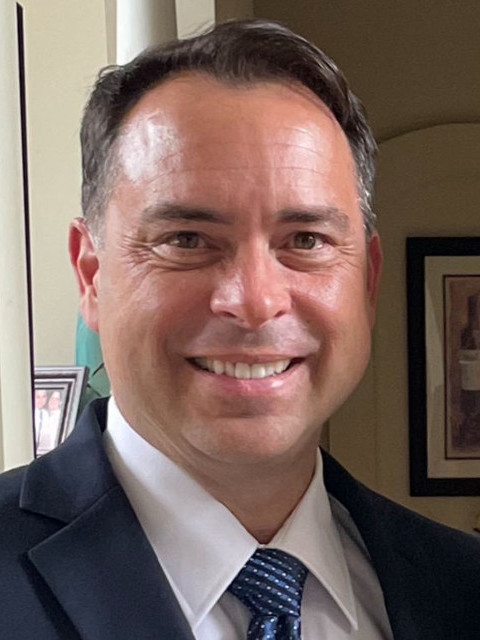When Vail Resorts announced its purchase of Whistler Blackcomb, the ski world lit up with headlines. Skiers asked: How much did Vail buy Whistler for? The answer was staggering—$1.05 billion USD in 2016. It wasn’t just a transaction; it was a seismic moment that reshaped the global ski industry.
Why? Because Whistler wasn’t just another resort. It was the crown jewel of Canadian skiing, a mountain with international fame, Olympic history, and a loyal following of skiers and snowboarders from around the world. This article explores the details behind the acquisition, why it mattered, and how it continues to influence mountain culture today.
First Impressions: Why Whistler Blackcomb Was a Billion-Dollar Prize
Whistler Blackcomb is more than a ski resort—it’s a legend. Spread across two mountains, it offers 8,171 acres of skiable terrain, making it North America’s largest ski resort. Add in a world-class village, a vibrant après scene, and year-round tourism, and it’s easy to see why Vail Resorts opened its wallet.
But the price tag—over a billion dollars—still raised eyebrows. For context, Vail Resorts’ earlier purchases like Park City in Utah (2014) cost around $182 million. The Whistler deal was nearly six times larger, underscoring its importance as a global destination.
How Much Did Vail Buy Whistler For? The Breakdown
The official deal closed in October 2016 for $1.05 billion USD (C$1.4 billion at the time). Here’s how the acquisition was structured:
- Cash Payment: Shareholders of Whistler Blackcomb received C$17.50 in cash per share.
- Stock Exchange: They also received 0.0975 shares of Vail Resorts common stock for each Whistler Blackcomb share.
- Ownership Transfer: Vail Resorts assumed full control, making Whistler the crown jewel of its Epic Pass portfolio.
This structure gave Canadian investors a stake in Vail while ensuring cash payouts, making it attractive on both sides of the border.
Why Vail Paid So Much: 3 Key Reasons
- International Appeal: Unlike many U.S. resorts, Whistler attracts a massive number of international visitors, especially from Australia, Europe, and Asia.
- Year-Round Tourism: With mountain biking, hiking, and festivals in the summer, Whistler generates revenue outside ski season.
- Brand Value: Whistler was named the #1 ski resort in North America multiple times by Ski Magazine. Vail wasn’t just buying a mountain—it was buying global prestige.
Service, Experience, and Controversy
While Vail Resorts expanded access through the Epic Pass, not everyone was thrilled. Locals worried about higher prices, overcrowding, and the “corporatization” of their beloved mountain.
For example, some longtime Whistler skiers felt that the intimate, community-driven vibe began to shift once Vail took over. At the same time, Epic Pass holders cheered—suddenly, one pass provided access to Whistler, Vail, Park City, and more.
The Ripple Effect Across the Ski Industry
The billion-dollar acquisition didn’t just affect Whistler. It kicked off a wave of consolidation in the ski industry:
- Alterra Mountain Company launched the Ikon Pass in 2018 to compete with Vail’s Epic Pass.
- Resorts across North America began partnering with one of the two mega-pass systems, reshaping skier loyalty.
- Prices for day lift tickets skyrocketed, encouraging more skiers to buy multi-resort passes instead.
In short, the Whistler deal helped define the modern ski pass “arms race.”
Value for Money: Was It Worth It for Vail?
Looking back, the answer appears to be yes. Whistler remains one of the top draws on the Epic Pass, and its year-round tourism continues to provide strong revenue.
However, Vail Resorts has faced challenges:
- Criticism over crowded slopes and long lift lines.
- Pushback from Canadian locals who worry about affordability.
- The constant balance between expanding access and maintaining quality.
Still, the investment secured Vail’s dominance as the world’s largest ski resort operator.
Real-World Case Study: Skiers in 2025
As of 2025, an adult day ticket at Whistler can exceed $250 USD, but Epic Pass holders get access at no extra cost beyond their annual pass. Families planning multi-day trips often save thousands by purchasing season passes instead of daily lift tickets—a shift driven largely by Vail’s acquisition strategy.
FAQs: How Much Did Vail Buy Whistler For?
1. When did Vail buy Whistler Blackcomb?
The deal was announced in August 2016 and officially closed in October 2016.
2. How much did Vail pay for Whistler?
The total was $1.05 billion USD (C$1.4 billion).
3. Why did Vail Resorts buy Whistler?
Whistler’s size, year-round appeal, and international recognition made it the most valuable ski resort in North America.
4. Did locals support the deal?
Reactions were mixed—some welcomed Epic Pass access, while others worried about overcrowding and losing local culture.
5. What impact did this have on ski passes?
The acquisition helped fuel the creation of competing passes like Ikon, shaping today’s pass-dominated ski market.
Conclusion: The Billion-Dollar Bet That Paid Off
How much did Vail buy Whistler for? A jaw-dropping $1.05 billion USD. At the time, it was seen as a shocking figure, but nearly a decade later, it looks like a strategic masterstroke. Vail not only gained the crown jewel of North American skiing but also set the stage for today’s mega-pass era.
For skiers, the lesson is clear: if you plan carefully, the high costs of lift tickets can be offset by passes and advance planning. For the ski industry, the acquisition marked a turning point—proof that skiing had become big business on a global scale.
Planning your summer getaway? Don’t miss our guides on the best hotels in Vail and the best restaurants in Vail to round out your stay.
Summary (TL;DR)
Vail Resorts bought Whistler Blackcomb in 2016 for $1.05 billion USD (C$1.4 billion). The deal reshaped the ski industry, expanded the Epic Pass, and fueled the rise of mega-passes like Ikon. It remains one of the most significant acquisitions in ski history.

